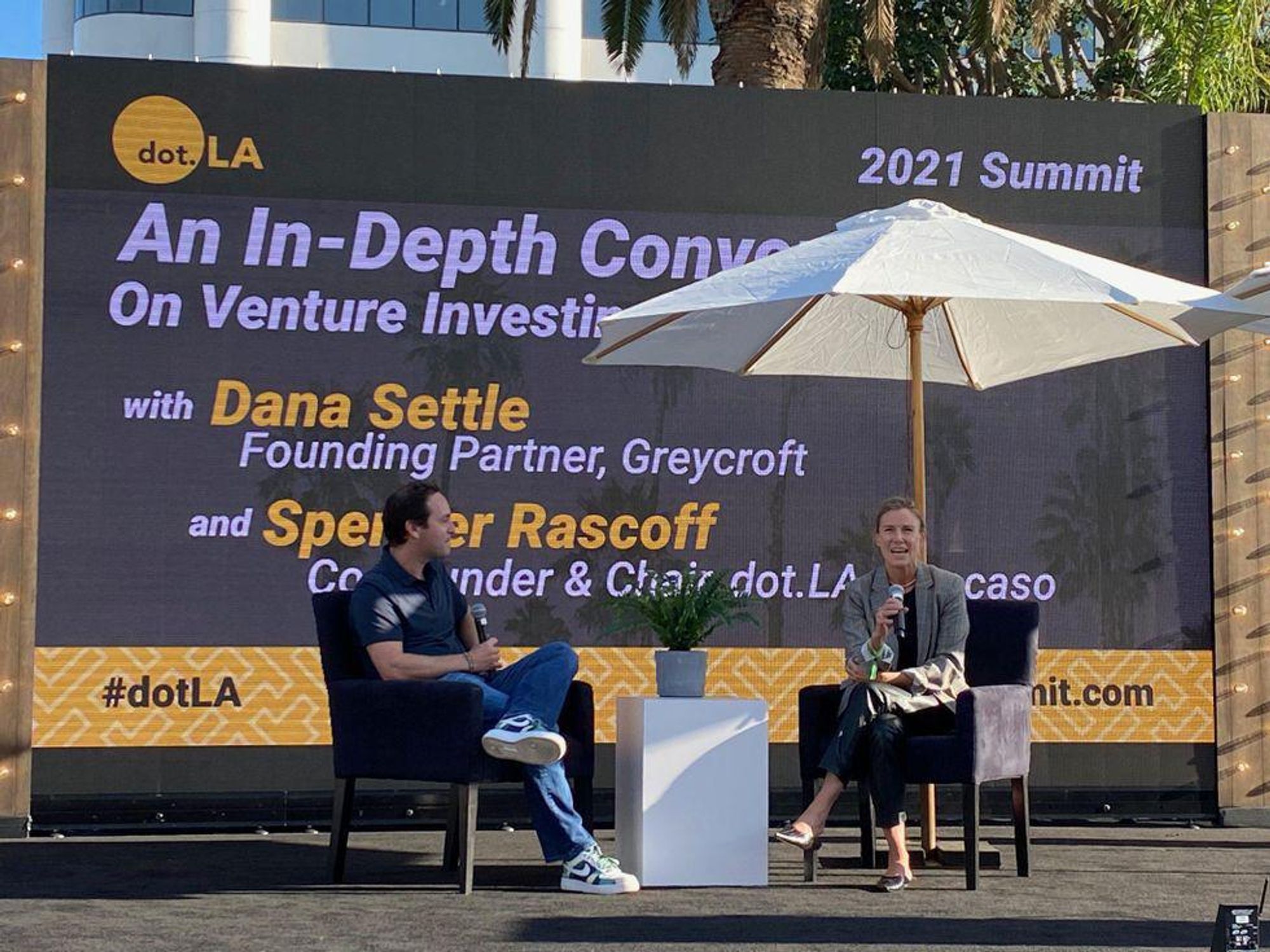Column: Conference Season Is Here. Are They Worth It?
Spencer Rascoff serves as executive chairman of dot.LA. He is an entrepreneur and company leader who co-founded Zillow, Hotwire, dot.LA, Pacaso and Supernova, and who served as Zillow's CEO for a decade. During Spencer's time as CEO, Zillow won dozens of "best places to work" awards as it grew to over 4,500 employees, $3 billion in revenue, and $10 billion in market capitalization. Prior to Zillow, Spencer co-founded and was VP Corporate Development of Hotwire, which was sold to Expedia for $685 million in 2003. Through his startup studio and venture capital firm, 75 & Sunny, Spencer is an active angel investor in over 100 companies and is incubating several more.

How To Make The Most Of Conferences
Fall is much more than the season of change or when school’s back in session. It’s the beginning of “conference season,” when hundreds of business conferences pop up worldwide, attracting professionals from all industries. The question is, though: are they worth it—especially for busy startup founders and leaders?
Build Your Network
At a startup, time is your most precious resource so spending it at a conference can feel like a waste of time. However, there is something to be gained for everyone who attends a conference, whether it's learning the latest skills in your field, meeting a new business partner or investor, or solidifying that M&A connection. It’s important to be building these types of relationships far earlier than when you may need them—and conferences are a great place to do that.
Optimize Your Time
At a conference where you only have a few days or even 24 hours to fit everything in, don’t waste your time. Start by looking at the list of speakers and attendees in advance on the conference website. Are there investors, potential customers or partners attending that you would love to speak to? Try to contact them and set up a time to speak one-on-one during the conference, especially so they don’t feel ambushed if you ask during the conference. If you don’t want to schedule meet-ups ahead of time, I recommend reaching out to people and offering to exchange cell numbers so you can text to meet up once you’re on site. A lot of conferences make it easy now with apps where you can connect and schedule a meeting ahead of time. Be willing to make the time, even if it’s just 10 minutes, to try meeting someone in person. This will help you build a more personal connection than one over Zoom.
Additionally, use your meals and drinks strategically. This could be a great moment to get one-on-one time with an important person or group that you want to speak with. The actual content of the conference is important, but in my opinion the hallway chats are even more critical. Nevertheless, if you see a particularly interesting topic for your industry's future, make sure to block off that time as well. You could learn something that could completely change how you do business.
Make An Impression
Something that many people overlook is the advantage of using social media during conference season. I always like to live tweet sessions using the conference hashtag and tagging the right people involved. This is a great way to gain followers, build your profile and stay connected with those who you met at the conference. It also gives people who aren’t at the conference insight into what is going on at the event. Afterward, take the 20 minutes to write a blog post about your experience and post it to LinkedIn. It could be the difference between a lost connection and a long-term relationship.
In Summary
So, is it worth it? For the actual conference content: maybe. For the networking opportunities: Absolutely. A conference could be one of the few times you can connect with trailblazers in your industry. While some conferences are pricey and can feel like a waste of time, attending them can be a great business investment. If you plan correctly, you could change the direction of your company for the better. Don’t be afraid to reach out to the people you meet there because many if not all conference attendees are open to help.
The dot.LA Summit
If you’re reading this on dot.LA, you’ll probably be interested in the upcoming dot.LA Summit. The summit focuses on the L.A. tech and startup ecosystem, inviting hundreds of the top founders and investors. There will be speakers such as Julia Boorstin from CNBC, Alex Israel from Metropolis Technologies and Brian Lee from BAM Ventures. Plus, there will be a pitch competition for the newer founders looking to impress financers in the L.A. area. Sign up for the 3rd annual dot.LA Summit on October 20th and 21st here.- E3 Gaming Conference Will Return Next Year - dot.LA ›
- Nominate Leaders for dot.LA's Startup Awards! - dot.LA ›
- Join Us at dot.LA's 2022 LA Tech and Startup Summit - dot.LA ›
- dot.la 2022 Summit Highlights: Tech Conferences Abound - dot.LA ›
- CoMotion LA 2022: What To Watch At The Mobility Tech Summit - dot.LA ›
Spencer Rascoff serves as executive chairman of dot.LA. He is an entrepreneur and company leader who co-founded Zillow, Hotwire, dot.LA, Pacaso and Supernova, and who served as Zillow's CEO for a decade. During Spencer's time as CEO, Zillow won dozens of "best places to work" awards as it grew to over 4,500 employees, $3 billion in revenue, and $10 billion in market capitalization. Prior to Zillow, Spencer co-founded and was VP Corporate Development of Hotwire, which was sold to Expedia for $685 million in 2003. Through his startup studio and venture capital firm, 75 & Sunny, Spencer is an active angel investor in over 100 companies and is incubating several more.




 Image Source: Perelel
Image Source: Perelel
 Image Source: Valar Atomics
Image Source: Valar Atomics Image Source: Waymo
Image Source: Waymo Image Source: Apple
Image Source: Apple